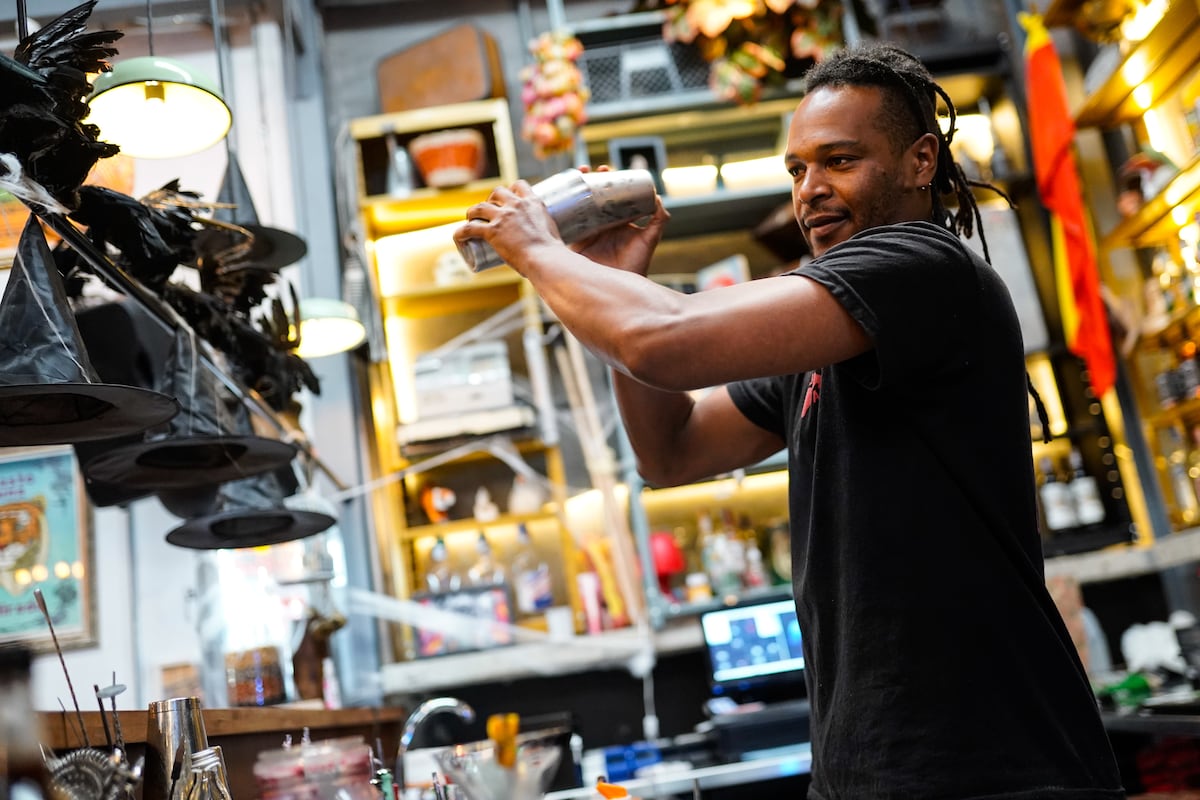
"From being sipped from a plastic cup with a straw, to being served in a glass on the rocks accompanied by pineapple or goldenberry extract aguardiente or sugarcane liquor is now reaching the bars of prestigious establishments. The indispensable companion of parties and long nights in Colombia, it's the latest addition to the family of Latin American spirits that have undergone a process of sophistication. They've become premium products, while still remaining popular drinks: tequila, mezcal, cachaca and pisco. Now, it's aguardiente's turn."
"Better known in Colombia as guaro, it's the unofficial national liquor and the first alcoholic experience for many Colombians. Locals don't debate whether or not to drink aguardiente, but rather which type. Until early 2016, the industry was dominated by the regional liquor companies, which hold a monopoly on spirit production in Colombia. Traditionally, each of the 32 departments (states) has its own: Antioqueno, Nectar, Llanero, Lider, Pijao, Blanco del Valle, Platino, Quindiano..."
Aguardiente has shifted from being consumed in plastic cups to being served in glasses with garnishes like pineapple or goldenberry extract in prestigious bars. The spirit, known locally as guaro, functions as Colombia's unofficial national liquor and often represents many people's first alcoholic experience. Historically, regional companies produced similar industrial aguardientes across the country's 32 departments. New laws in 2016 and 2020 opened production to private producers. Defined as a sugarcane distillate with 16–36% alcohol and containing anise or fennel, aguardiente now undergoes experimentation with botanicals and techniques, producing more sophisticated, premium expressions while remaining popular.
Read at english.elpais.com
Unable to calculate read time
Collection
[
|
...
]